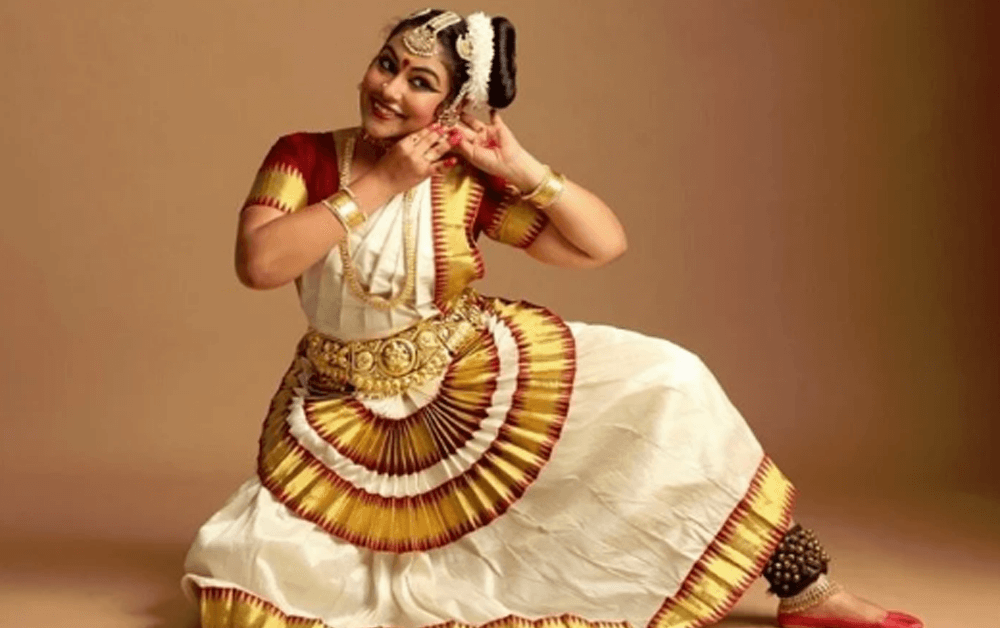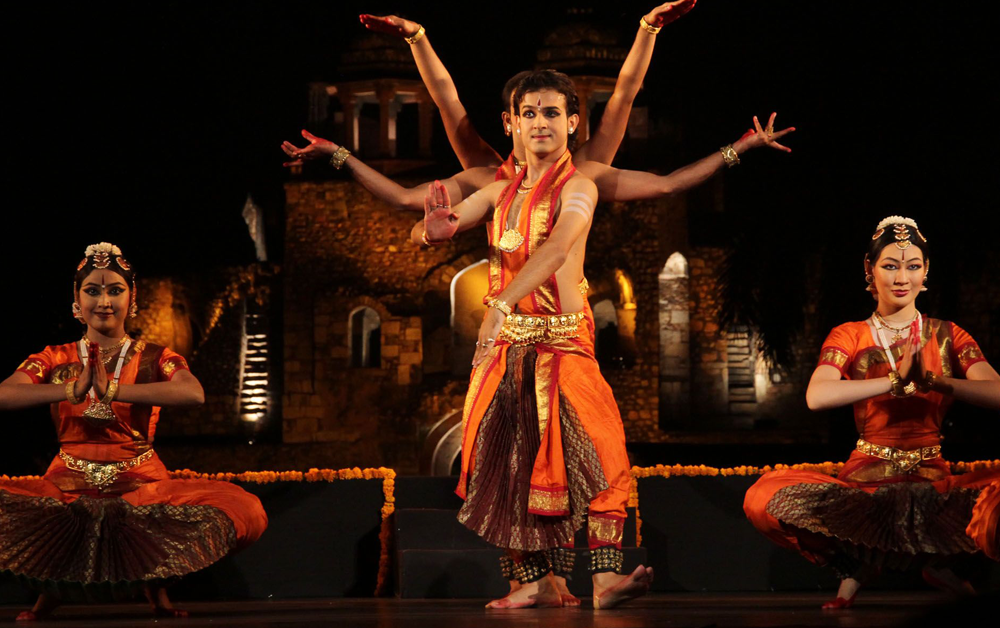Mohiniyattam

Natya Shastra is an Indian treatise of performing arts written by ancient monk Bharata, Father of Natya Shastra. The text comprising of 36 chapters with more than 6000 poetic verses. Lord Brahma created Natyaveda at the beginning of Treta Yuga when the conflicts arose in uncivilized people at early days. Bharata Muni simplified Natyaveda to Natya Shastra which ends the conflict and used as stagecraft in Indian culture. Natya Shastra defines drama, dance, Vedic and non-vedic songs and instruments of Indian music. Bharata explains about 15 types of dramas with eight types of shorter plays and other plays like heroic, tragic and comic in Natya Shastra. Dance is the portrayal of rasa and bhava which indicates taste and emotional mood. In Natya Shastra, Bharata explains about seven swaras of music and it can consider in two forms of instrumental and vocal. In dance nine bhavas and rasas are introduced in Natya Shastra. They are Sringara, Hasya, Veera, Bhayanaka, Bibhasa, Adbhuta, Karuna, Santa. According to Bharata's Natya Shastra, a dancer should be able to describe the experience of rasa to the audience through sthayi bhava with the support of vibhava and anubhava. Brahma extracted the elements of Natya Shastra from four Vedas. Pathya from Rig Veda, Geetha from Sama Veda, Abhinaya from Yajur Veda and Rasa from Atharva Veda. A dancer uses Abhinaya to communicate with spectators and through abhinaya, he or she can attain the attention of the audience to the artist. According to that Abhinaya is categorized into 4 types. They are Angika Abhinaya, Vachika Abhinaya, Aharya Abhinaya and Satvika Abhinaya. Male and female dancers have their own different styles to perform. Soft and graceful Lasya is created by Goddess Parvati and Tandava, a strong and aggressive style related to God Shiva. In the Indian stage, dancers are using various mudras, symbolic and hand gestures to express their emotions with the help of abhinaya.
Get weekly updates on the newest articles, quotes and newsletters right in your mailbox. Subscribe now
